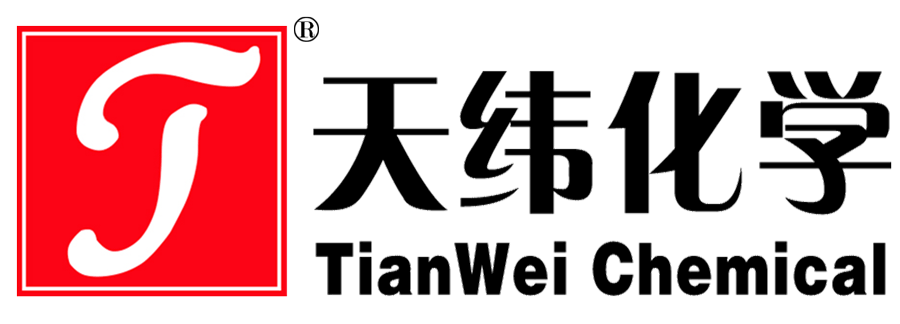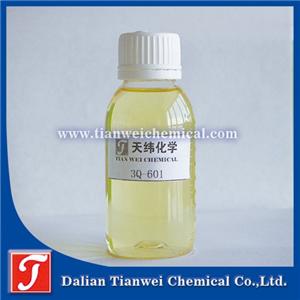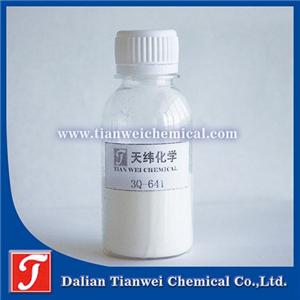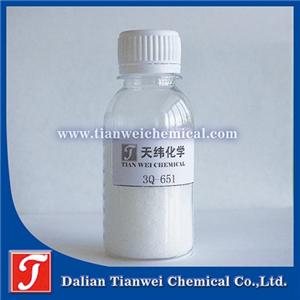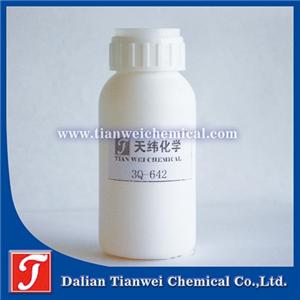Research status of biological stability of water-based metal cutting fluids at home and abroad 1
1. Bacteriostatic zone method
The filter paper was cut into 1cm diameter round paper, soaked and drained in the tested bactericide, and then the paper was stuck in the center of the AGAR plate with inoculated bacteria, and cultured at 36℃ for 48h. If the fungicide has a bacteriostatic effect, there is no colony growth around the paper, so as to form a round transparent bacteriostatic circle, with a ruler to measure the diameter of the bacteriostatic circle. The larger the diameter of the bacteriostatic zone, the better the bacteriostatic effect of the tested bactericide. The bacteriostatic zone method used for selecting fungicides has the advantages of simple, rapid and clear results.
2 Cornmeal method
90 mL of cutting fluid with a concentration of 5% was prepared in a 100mL stopper cylinder, with 2g of cast iron chips, 3g of corn flour, and 5mL of bacteria (the total number of viable bacteria is greater than 5×10 cfu/mL), which were placed at 30~38℃ and shaken every 24h to observe the changes in the smell and appearance of the cutting fluid. Record the number of days when the cutting fluid deteriorates and stinks. Corn flour method was used to verify the antibacterial effect of cutting fluid at rest.
3 Static test method
The static test method is to fill a 200ml glass container with 100ml test liquid, 10% cast iron scraps, 5% lubricating oil, 5% water-based cutting fluid rot liquid, and prepare four parts, and place them at 37℃ for 4 weeks. Take out one of them every other week for appearance, pH, and microbiological tests. According to the degree of pH reduction and the degree of microbial reproduction, the spoilage state of the test solution was determined and the biological stability was evaluated. The advantage of this method is that it can easily compare various cutting fluids or different dilution concentrations of cutting fluids.
4 Dynamic test method (cycle test)
According to ASTM D3946-92, Standard Test Methods for Evaluating the Bacteria Resistance of Water - Dilutable Metalworking Fluid, the test method for evaluating the antimicrobial properties of water-based metal working fluids, established a test platform for the antimicrobial properties of water-based cutting fluids in the laboratory to evaluate the biological stability. This method is to evaluate the biological stability of water base cutting fluid by simulating the field conditions and conducting dynamic cycle test. By using this method, the experimental results of different water-based cutting fluids against microbial activity can be obtained. Compared with the bacteriostatic zone method, it can better explain the biological stability of water-based cutting fluid in field use and other problems that may occur. The disadvantage of this method is that the test time is longer. In this paper, the biological stability of water-based metal cutting fluid is studied by dynamic test method.
